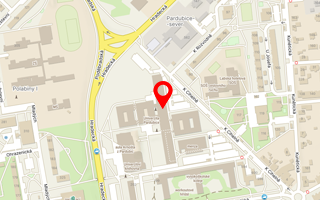Publikace detail
10-Vertex closo-carborane: a unique ligand platform for porous coordination polymers
Autoři:
Boldog Ishtvan | Bereciartua Pablo J. | Bulánek Roman | Kucerakova Monika | Tomandlova Marketa | Dusek Michal | Machacek Jan | De Vos Dirk | Base Tomas
Rok: 2016
Druh publikace: článek v odborném periodiku
Název zdroje: CrystEngComm
Název nakladatele: Royal Society of Chemistry
Místo vydání: Cambridge
Strana od-do: 2036-2040
